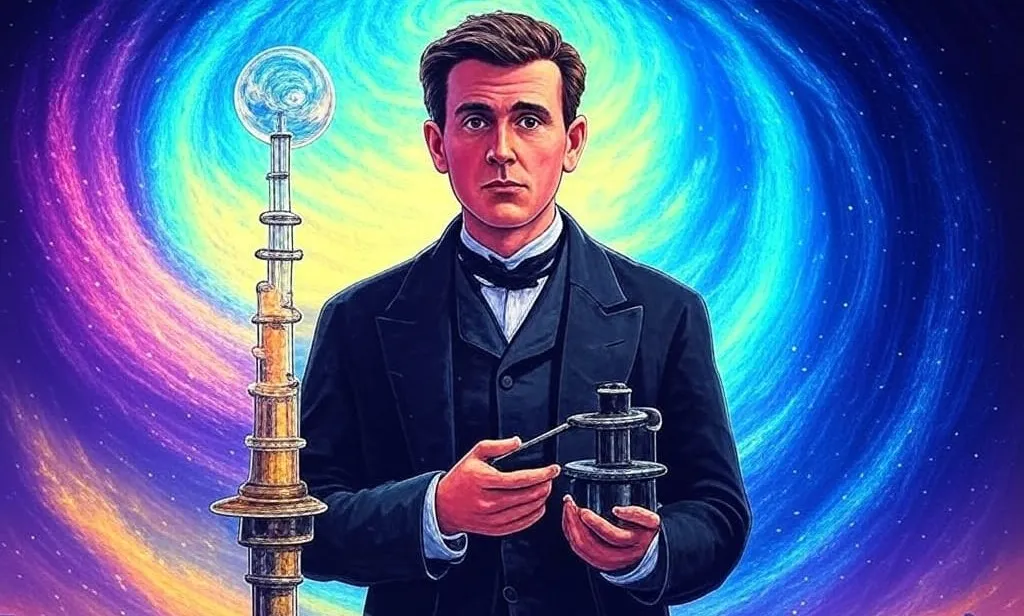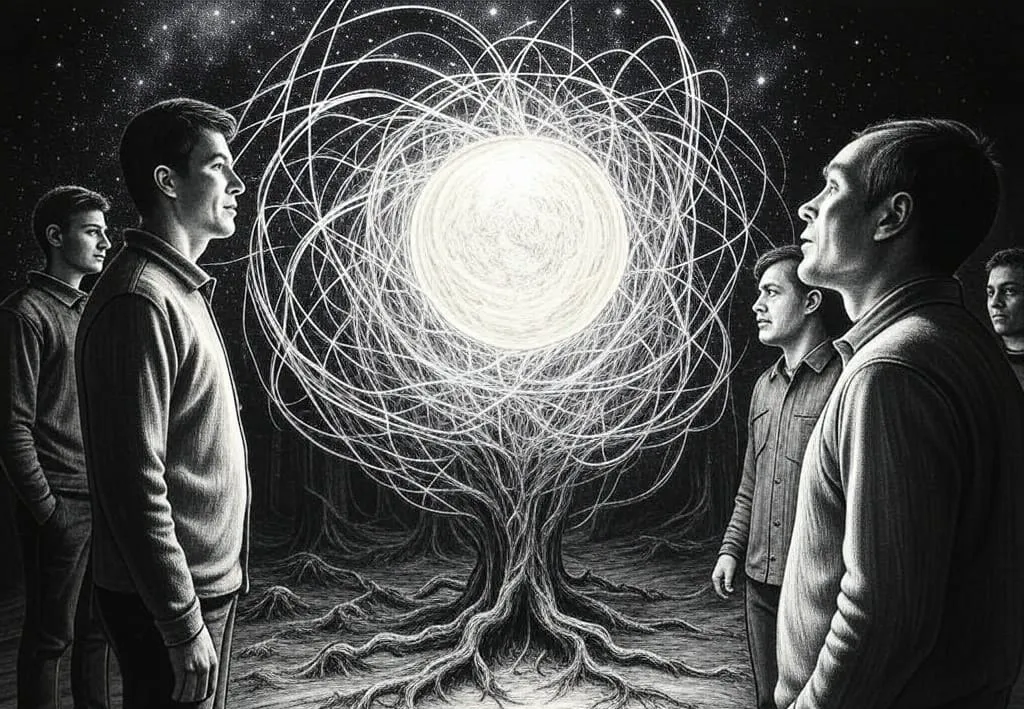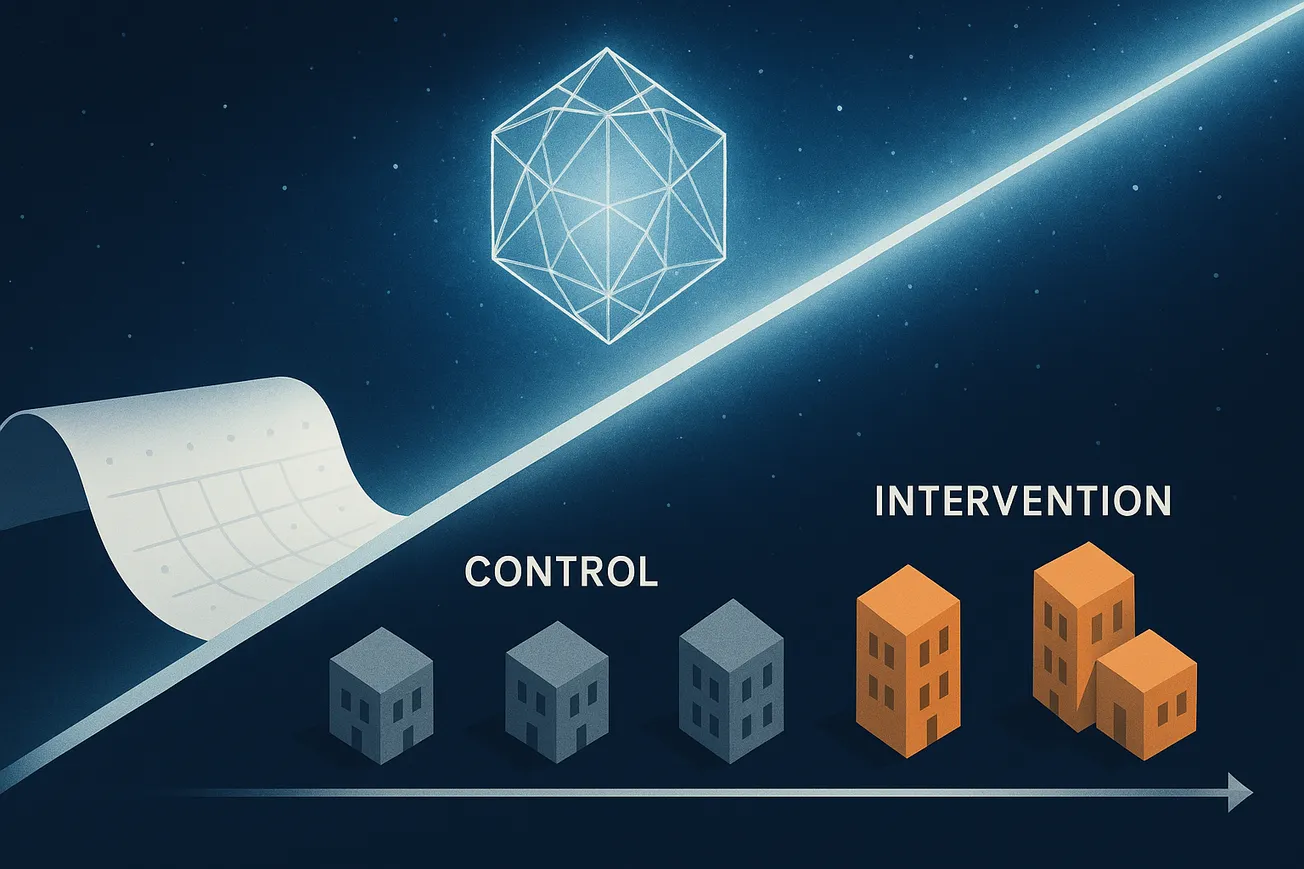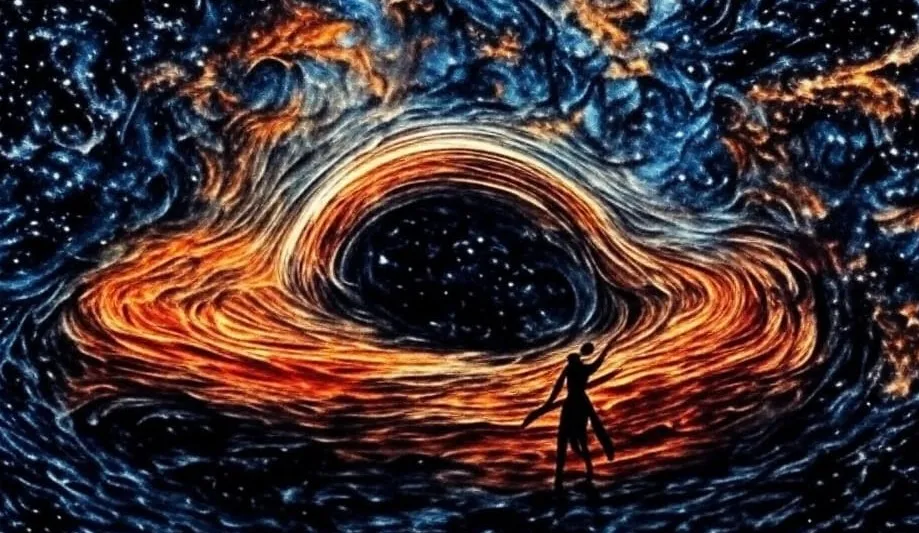Table of Contents
Aether theories, also spelled "ether theories," are historical concepts in physics that propose the existence of a medium—often described as a space-filling substance or field—through which electromagnetic or gravitational forces propagate.
These theories were particularly prominent before the development of Einstein's special relativity in 1905, which effectively displaced the classical notion of the luminiferous aether (a medium for light propagation).
Historical Context of Aether Theories
- Origins: Aether theories date back to ancient Greek philosophy, where philosophers like Aristotle proposed a "fifth element" (quintessence) filling the universe, distinct from earth, air, fire, and water. This idea persisted into medieval and early modern science, where the aether was thought to be a subtle, invisible medium permeating all space.
- 19th Century Developments: By the 19th century, the aether became central to understanding light and electromagnetic phenomena. Scientists like James Clerk Maxwell and Michael Faraday modeled electromagnetic waves (including light) as propagating through a luminiferous aether. Maxwell’s equations, published in the 1860s, unified electricity, magnetism, and light as electromagnetic waves, implying a medium (aether) for their transmission.
- Maxwell’s model envisioned the aether as a sea of molecular vortices, interacting with matter to produce electromagnetic effects.
- Experimental Efforts: The luminiferous aether was hypothesized to be stationary, with Earth moving through it. Experiments like the Michelson–Morley experiment (1887) aimed to detect Earth’s motion through the aether by measuring changes in the speed of light. However, the experiment found no such "aether wind," yielding a null result that challenged the aether’s existence.
Challenges and Decline of Classical Aether Theories
- Michelson–Morley Experiment: The null result suggested either the aether didn’t exist or Earth dragged the aether along (aether-dragging theories). However, aether-dragging models became increasingly complex and arbitrary, losing scientific favor.
- Einstein’s Special Relativity (1905): Albert Einstein’s theory of special relativity provided a framework where the speed of light is constant and independent of the observer’s motion, eliminating the need for a luminiferous aether. Einstein argued that electromagnetic waves (like light) propagate through empty space, not a medium. This marked the decline of classical aether theories, as most physicists concluded the luminiferous aether was unnecessary.
- Later Interpretations: Einstein later used the term "aether" in a different sense within general relativity, referring to the gravitational field as a "new aether"—a property of spacetime itself, not a substance. However, this was distinct from the classical aether and didn’t revive the old model.
Modern Aether Theories and Alternative Perspectives
While mainstream physics abandoned the classical luminiferous aether, alternative theories and fringe scientific communities continue to explore aether-like concepts. Here’s how they relate:
- Aether in Fringe Science: Some advocate for a revival of aether theories, rejecting photons, quantum mechanics, and relativity in favor of an aether-based model. Some suggests light and electromagnetic phenomena are perturbations or "modalities" in the aether, aligning with ideas from historical figures like Nikola Tesla and Ken Wheeler.
- Tesla’s Aether: Tesla believed in an aether as a dynamic, energetic medium that could explain electricity, magnetism, and gravity. He viewed it as an "unseen medium" that could be harnessed for energy, as referenced in the web result from the International Tesla Congress (web:3). Tesla’s aether was not a passive medium but an active, compressible substance interacting with matter.
- Ken Wheeler’s Aether Model: Wheeler, builds on Tesla’s ideas, proposing that light is not a particle (photon) or wave but a "rate of induction" in the aether, involving dielectric (electrostatic) and magnetic interactions. He rejects quantum mechanics’ particle-wave duality, arguing it misinterprets aether dynamics.
- Criticism and Scientific Rejection: Mainstream science considers these modern aether theories pseudoscientific because they lack empirical support and contradict well-established experimental evidence (e.g., Michelson–Morley, particle physics, and quantum mechanics). The aether’s properties (e.g., being undetectable, rigid yet fluid) were difficult to reconcile with observations, leading to its obsolescence.
Key Characteristics of Aether Theories
Based on historical and alternative perspectives:
- Medium for Propagation: The aether was thought to be a medium for light and electromagnetic waves, similar to how air carries sound. It was often described as massless, frictionless, and transparent, yet capable of supporting wave motion.
- Properties: Theories varied—some saw the aether as rigid (to support high-speed light waves), others as fluid or dilatant (adjusting to Earth’s motion). Stokes and others proposed entrainment models where the aether moved with matter, but these were complex and untestable.
- Role in Gravity: Some 19th-century physicists, like Maxwell, also explored a gravitational aether, but this idea faded with Newton’s and later Einstein’s gravitational theories.
Comparison with Quantum Mechanics
Some explicitly contrast aether theories with quantum mechanics, claiming the latter is "pseudoscience" and misinterprets light as photons. Here’s a brief comparison (aligned with web:2):
- Aether Theory:
- Historical, pre-relativity concept.
- Proposes a physical medium (aether) for light and electromagnetic waves.
- Focuses on classical mechanics and field theories (e.g., Maxwell’s equations).
- Rejected by mainstream science after special relativity due to lack of evidence.
- Quantum Mechanics:
- Developed in the 20th century (e.g., Planck, Bohr, Heisenberg, Schrödinger).
- Describes light as both particles (photons) and waves (wave-particle duality), governed by probability and uncertainty.
- Supported by extensive experimental evidence, like the photoelectric effect and double-slit experiment.
- Does not require a medium like the aether; spacetime is treated as a vacuum.
They argue that quantum mechanics mislabels aether perturbations as photons, advocating for a return to aether-based explanations. However, this view is not supported by mainstream physics, which relies on quantum field theory and relativity for describing light and electromagnetic interactions.
Relevance to "fringe" perspectives
Fringe perspectives are rooted in historical aether theories and figures like Tesla and Wheeler. They challenge:
- Photons: Claiming photons don’t exist and light is an aether perturbation.
- Quantum Mechanics: Labeling it "pseudoscience" and rejecting particle-wave duality.
- Einstein’s Relativity: Criticizing it as misguided, aligning with aether-based models.
This perspective draws on Tesla’s and Wheeler’s ideas, as well as dissatisfaction with mainstream science’s dismissal of the aether. However, it lacks empirical support and contradicts decades of experimental data, including particle accelerators, quantum entanglement, and cosmological observations.
Scientific Consensus Today
- Mainstream physics, as outlined in the Wikipedia entries (web:0, web:1), considers the classical luminiferous aether obsolete. Special relativity and quantum field theory provide a robust framework for understanding light and electromagnetic phenomena without a medium.
- The "new aether" in Einstein’s general relativity (gravitational field as a spacetime property) is conceptual, not a return to the classical aether.
- Alternative aether theories, are considered pseudoscientific by the scientific community due to their lack of testable predictions and failure to address established evidence.
Conclusion
Aether theories represent an important chapter in the history of physics, offering early explanations for light and electromagnetic waves. However, they were supplanted by Einstein’s relativity and quantum mechanics, which better align with experimental evidence.
The revival of aether concepts in fringe science, reflects a critique of modern physics but lacks empirical grounding. While intellectually intriguing, these ideas are not part of the current scientific consensus, which prioritizes relativity, quantum mechanics, and empirical validation.







